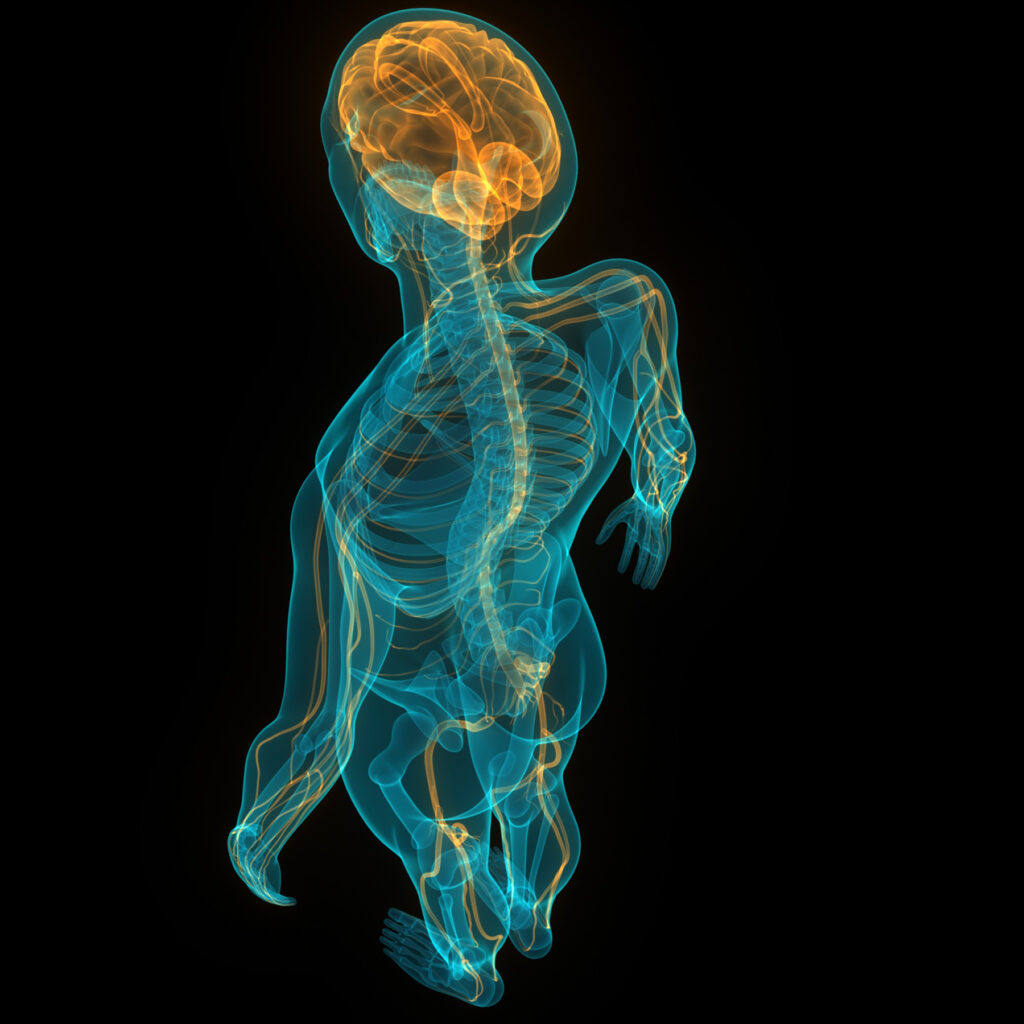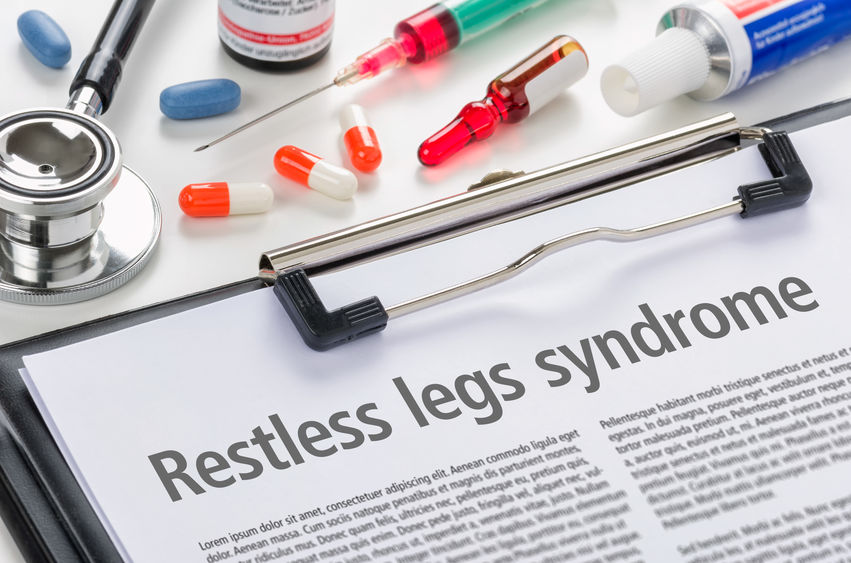What is Periodic Limb Movement Disorder?
- Episodes of simple, repetitive, muscle movements during sleep.
- Movements tend to involve the tightening or flexing of a muscle and do not involve a change in body position.
- Most often occurs in lower legs.
What is Restless Leg Syndrome (RLS)?
- Strong, irresistible urges to move legs.
- Uncomfortable sensations in the legs, such as: itching, burning, creepy-crawly, pulling, or tugging.
- Symptoms become worse in the evening; especially when lying down.
Recent Statistics:
80% of patients with RLS have PLMD
50% of patients with PLMD, have RLS
Periodic Limb Movement Disorder (PLMD)

PLMD most often occurs in the lower legs while you sleep. Periodic limb movements last from a few minutes to an hour and may bother your bed partner more than they bother you! Periodic limb movements become a disorder when they disrupt your sleep and daily life. This disorder may be a factor in causing you to have: depression, poor memory, hypertension, cardiac disease, fatigue, malaise.
PLMD can happen to people of all ages but the chance of having it increases with age.
PLMD can only be diagnosed by performing a polysomnogram (overnight sleep study).
PLMD can be influenced and caused by a number of contributing factors:
- low stored iron levels (Ferritin)
- some antidepressants
- Lithium
- Dopamine-receptor antagonists (such as some anti-nausea medications).
PLMD may be linked to certain conditions, such as:
- Kidney disease
- ADHD
- Multiple Sclerosis
- Pregnancy
- Restless Leg Syndrome
Restless Leg Syndrome (RLS)

RLS is a movement disorder. RLS can cause difficulty in falling asleep or staying asleep.
What causes RLS?
- Genetics
- Pregnancy
- Low stored iron levels (Ferritin- different than Anemia)
- Kidney Disease
- Nerve Damage to hands or feet
- Certain medications
RLS is diagnosed by a health care provider:
- Listening to Symptoms and completing a through review of medical history, including a diagnostic review.
- Possibly requesting blood work to check stored iron levels (ferritin)/
- Possibly requesting an overnight sleep study (polysomnography) to determine other causes of sleep disturbances.
Treatment options:
- Iron supplementation
- Reviewing medications








